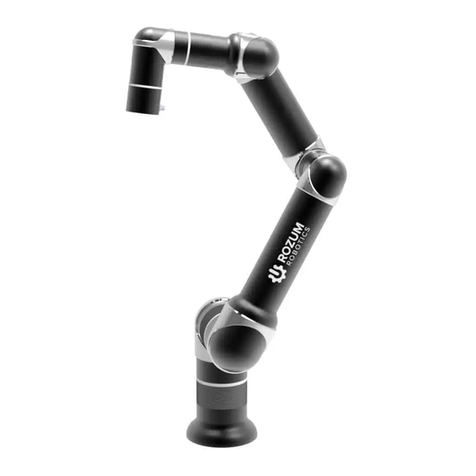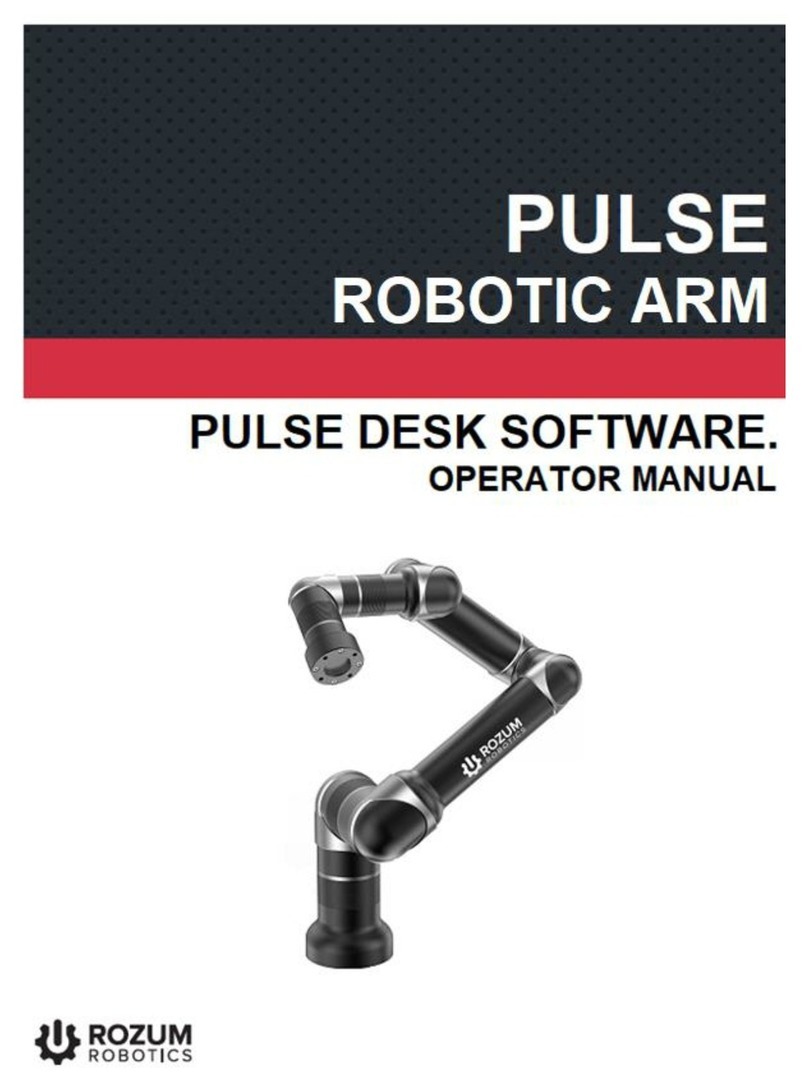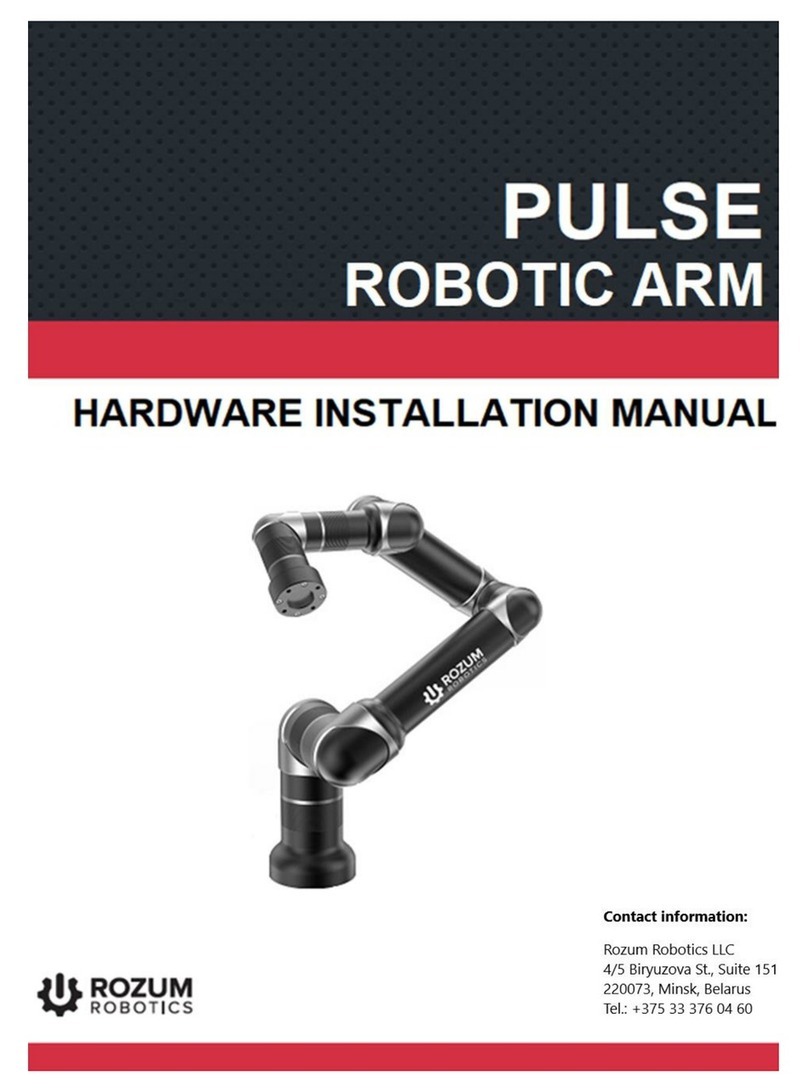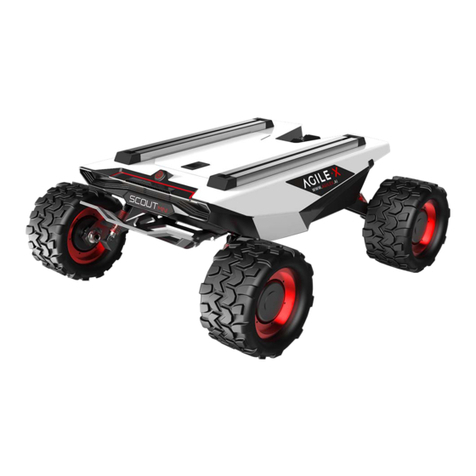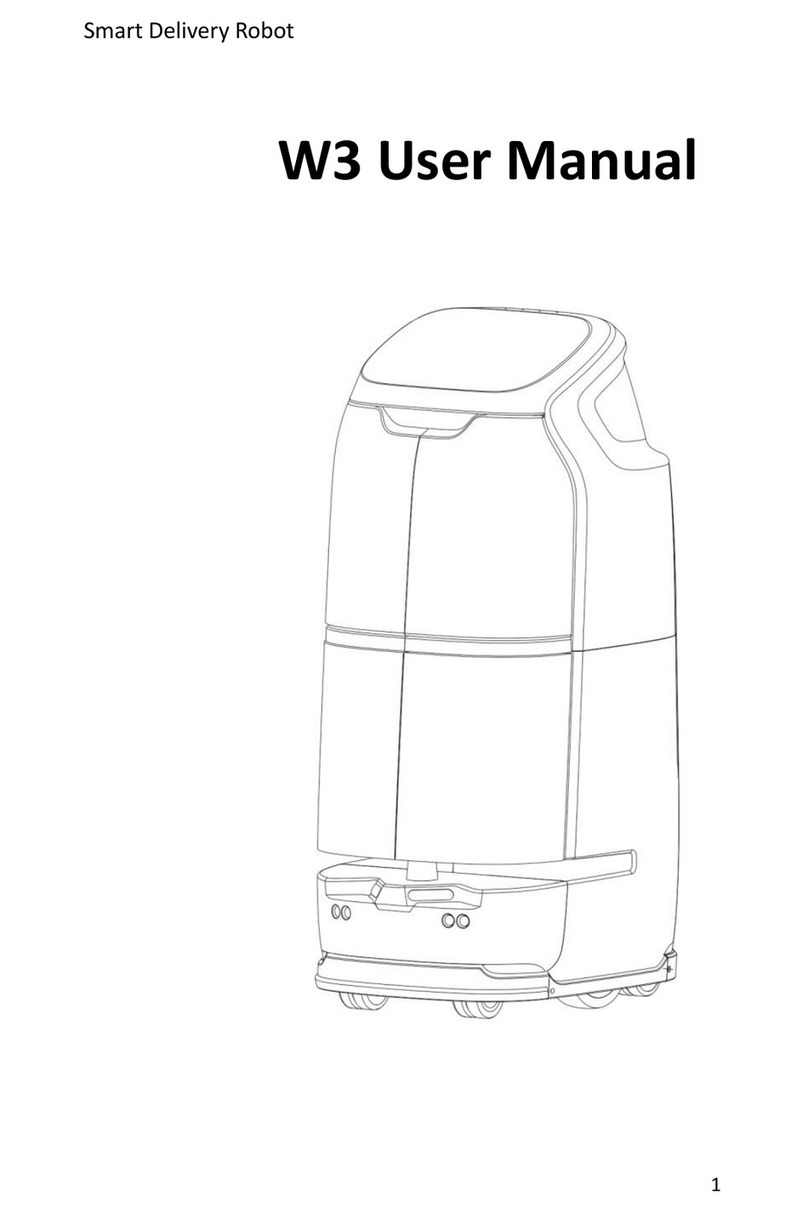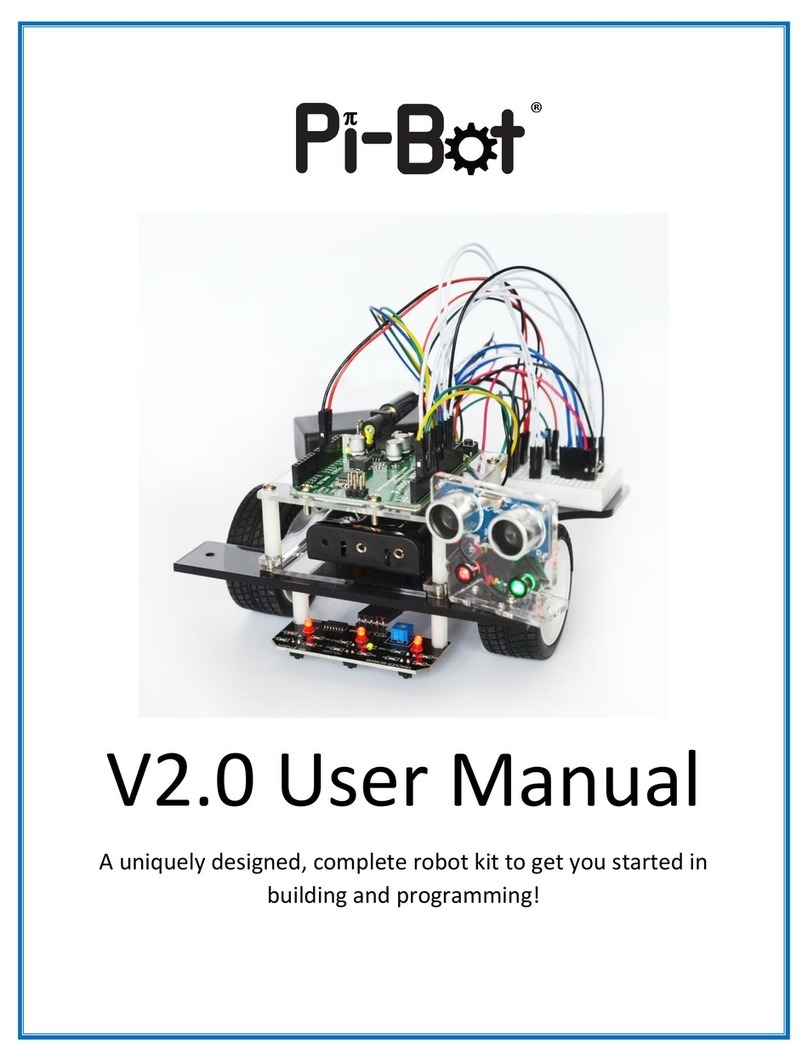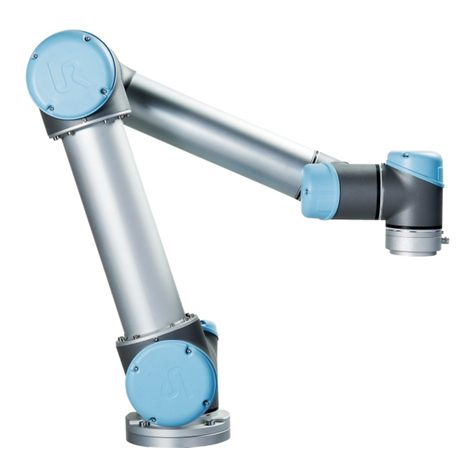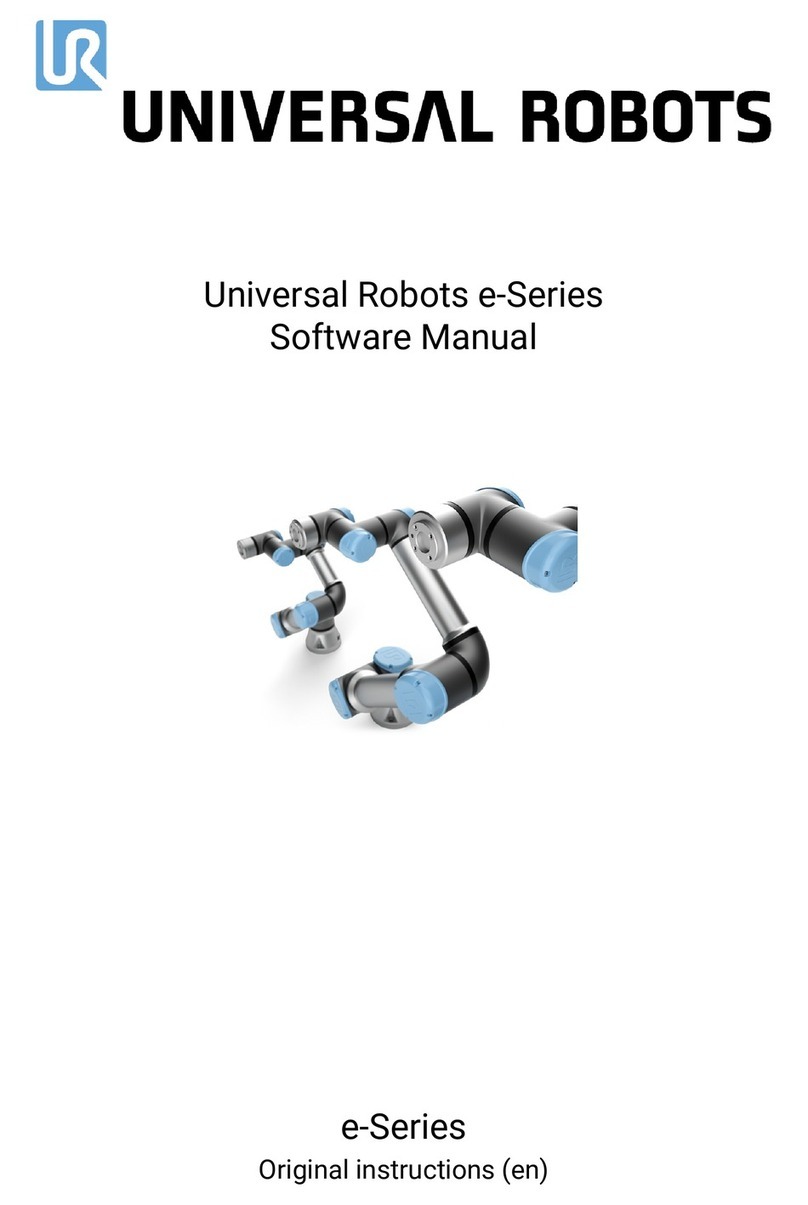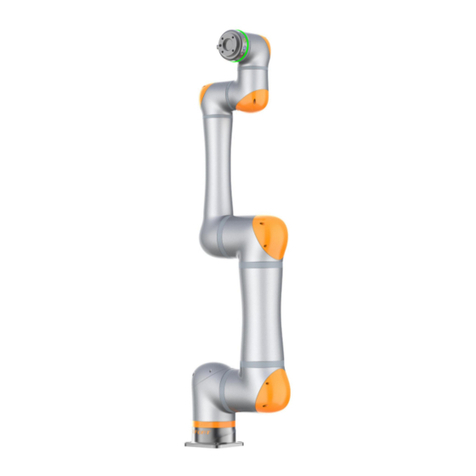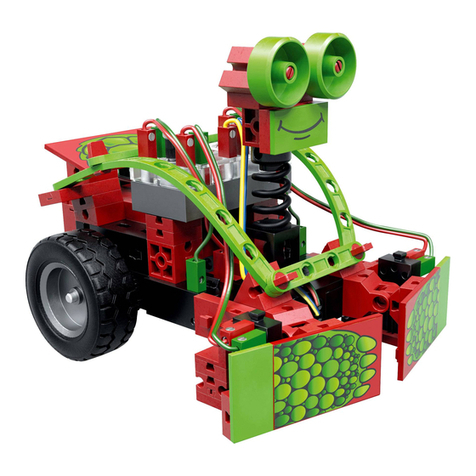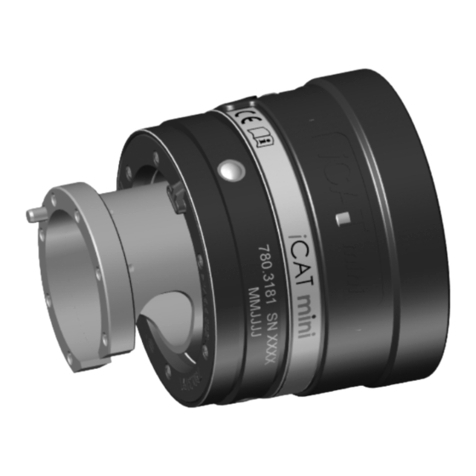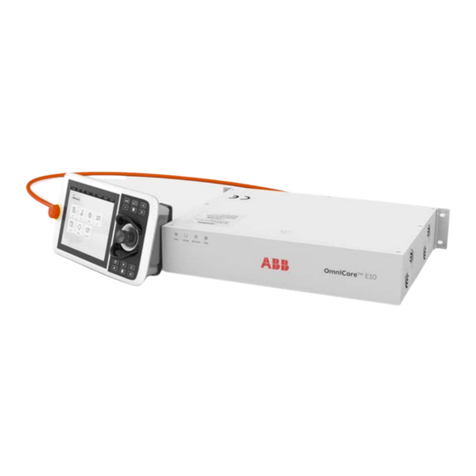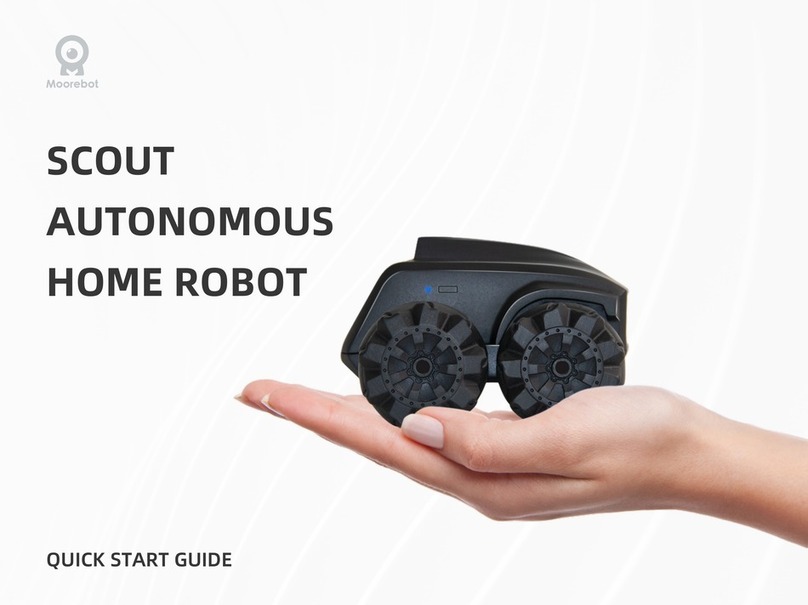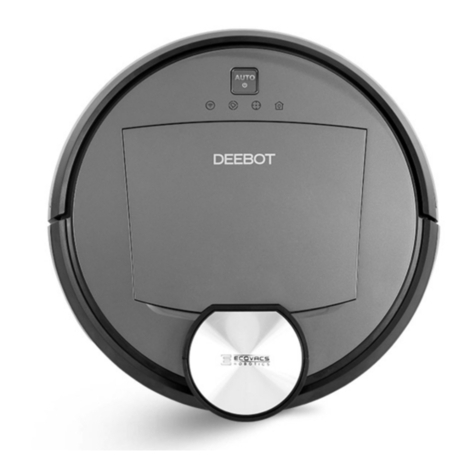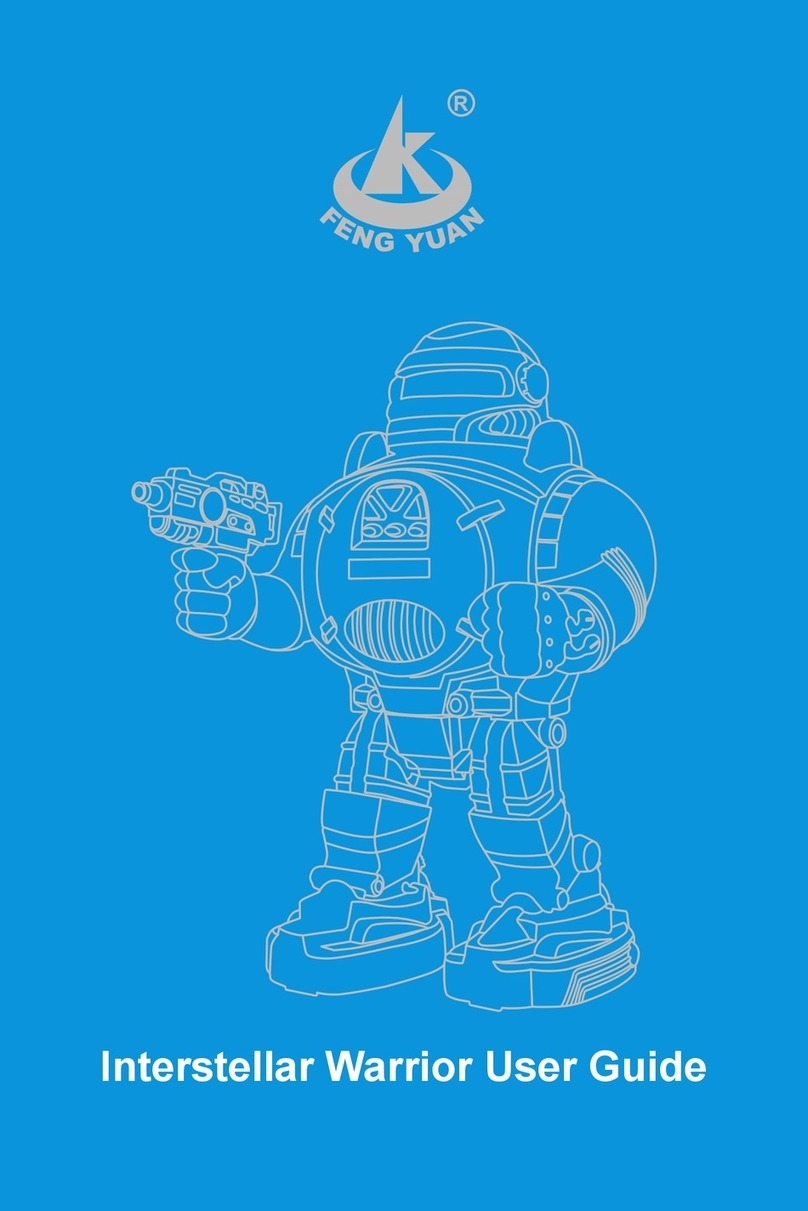
ROZUM ROBOTICS API REFERENCE GUIDE
Page 2 | 16
TABLE OF CONTENTS
1. GENERAL DATA .................................................................................................................... 3
2. DESCRIPTION OF API FUNCTIONS.................................................................................. 3
2.1. GET requests...................................................................................................................... 3
2.1.1. Get the current robot position....................................................................................... 3
2.1.2. Get the current motion status........................................................................................ 4
2.1.3. Get the current status of servo motors .......................................................................... 5
2.1.4. Get the current robot pose............................................................................................. 5
2.2. PUT REQUESTS............................................................................................................... 6
2.2.1. Set a new robot position................................................................................................ 6
2.3.2. Set a new robot pose..................................................................................................... 8
2.3.3. Ask the robot to open the gripper ................................................................................. 9
2.3.4. Ask the robot to close the gripper............................................................................... 10
2.3.5. Ask the robot to relax.................................................................................................. 10
2.3.6. Ask the robot to go to the freeze state......................................................................... 11
2.3.7. Ask the robot to move to a specified pose.................................................................. 11
2.3.8. Ask the robot to move to a specified position............................................................. 13
ANNEX 1. RESPONSE/ REQUEST SCHEMAS.................................................................... 15
Position schema....................................................................................................................... 15
Motor status schema............................................................................................................... 15
Pose schema............................................................................................................................. 16
